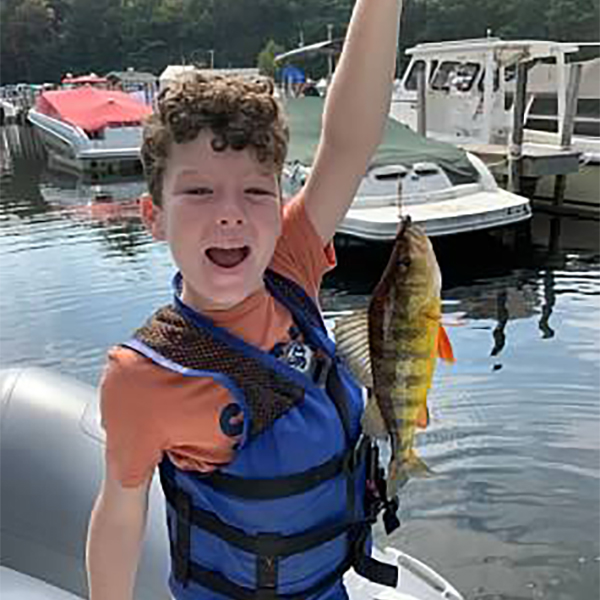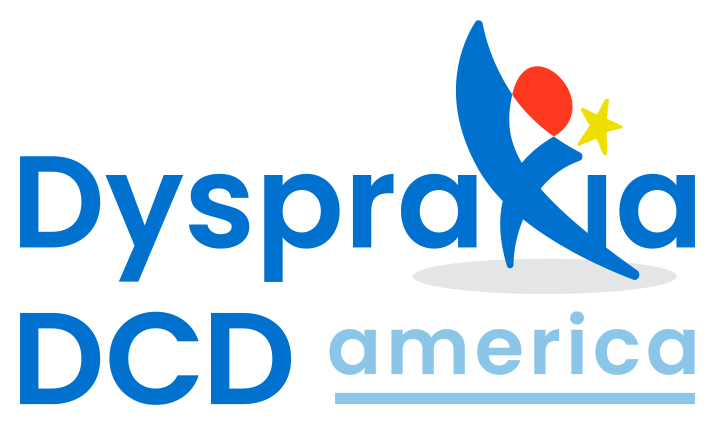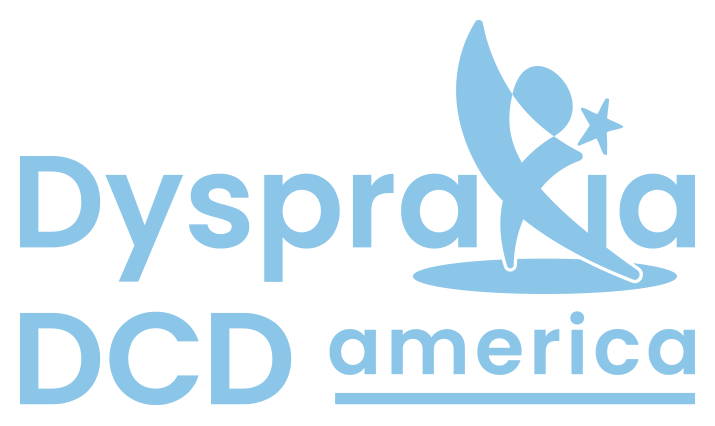
Bryant is an 11 year old living with Dyspraxia/DCD among other overlapping conditions. He hopes that by sharing his story, he will be able to help spread awareness for others like him in the United States and around the world. His story is about his and his family’s journey with neurodiversity. #DontDyspraxiaDCDAlone
Bryant started his neurodivergent journey at age 2 when he was diagnosed with difficulties in articulation of speech. After a year of Early Childhood Intervention (ECI) in the home, Bryant transitioned to private speech therapy with a speech pathologist. This speech pathologist began treating Bryant for Global Apraxia and was instrumental in guiding Bryant and family to finding the support he needed.
When focus, sensory, and executive functioning difficulties were noted by the speech pathologist Bryant was referred to an occupational therapist. After testing, the occupational therapist began treating Bryant for Global Dyspraxia. Through the years, Bryant has received more testing and has added more diagnoses and therapies to his list of things to do, including Central Auditory Processing Disorder (CAPD), Attention Deficit Hyperactivity Disorder (ADHD), Anxiety, and Eye Vision Therapy (EVT).
It has taken years of therapy, coping strategies, and family support, but Bryant is now thriving with his Dyspraxia/DCD. He enjoys playing soccer and was recently on a championship team. Bryant is a member of his school’s student council and drama club. However, he feels most creative when playing with Legos and building his own designs. Bryant also loves fishing and has mastered standing and balancing on a kayak while casting.


Despite the constant reminders of how Dyspraxia/DCD impacts Bryant, he continues his journey with this life-long hidden disability with positivity. He spreads awareness of Dyspraxia/DCD through a children’s book written about him authored by his mother. Profits of My Buddy Bryant: A Story of Friendship & Dyspraxia go to non-profit organizations that support awareness and neurodiversity like Dyspraxia DCD America.
For more information about My Buddy Bryant: A Story of Friendship & Dyspraxia and Bryant’s neurodivergent journey through life, go to flappingoodtale.com.
When did you become aware that there was something unique about you or your child? What did you notice?
When Bryant was 2 years old, he had an unexpected hospitalization and per protocol needed to follow up with his pediatrician within 3 days. The appointment was scheduled with a nurse practitioner on his pediatrician’s team. Bryant had never seen this particular nurse practitioner.
At the follow up appointment the nurse practitioner noticed that I, his mother, was repeating and almost translating everything Bryant said. The nurse practitioner made a comment that it sounded as if Bryant was underwater. The bottom line was that she could not understand him. She referred us to be assessed for Early Childhood Intervention (ECI) and sent Bryant for hearing tests. He passed the hearing test but ranked below where he should have been according to the milestones in fine and gross motor skills as well as articulation of speech.
How did you address any challenges you or your child were having at home, school, or work?
Bryant’s neurodivergent journey began with ECI. A speech therapist came to our home weekly to work on his articulation of speech. At three years old, Bryant transitioned out of ECI and went into private speech therapy where he was treated for Global Apraxia. His private speech therapist noticed that Bryant had difficulties with focus, step by step instructions, and regulating his body (Bryant flaps his arms to stimulate his sensory system). Bryant was then referred to an occupational therapist who treated Bryant for Global Dyspraxia (also known as DCD). She focused on step by step instructions, food therapy, fine and gross motor skills, as well as sensory regulation. Over the years Bryant has received other diagnoses such as difficulties with convergence and divergence of his eyes, Central Auditory Processing Disorder (CAPD), Unspecified Attention-Deficit/Hyperactivity Disorder (ADHD), and Anxiety.
Which therapies/approaches were most effective?
Bryant has received 9 years of speech therapy and has benefited greatly. It is incredible to think that at the age of 2 he couldn’t coordinate the muscles in his mouth to articulate sounds and now he rates above average on verbal skills. Occupational Therapy helped Bryant develop his executive functioning skills (he still needs to work on), expanded his palate to be able to eat different textures of foods, built up his strength with fine and gross motor skills, as well as teaching the “Zones of Regulation” to help manage the sensory system and behavior. Eye Vision Therapy (EVT) was integral in helping Bryant be able to copy things off the board and look at the paper in front of him. It helped him follow words sequentially on the page and learn appropriate spacing. It also taught him how to relax his eyes when they needed to focus.
Ultimately, the most effective approach to therapy was having a parent, myself, in the room watching and learning from the therapists and clinicians so that I could reinforce what Bryant was learning in our home.
What coping strategies do you find most helpful in your daily life?
Having a predictable routine that Bryant is aware of and participating in helps his anxiety tremendously. If he can anticipate what happens next, he feels more comfortable and is able to regulate his body better. We have also created what I like to call our tool shed. Most people have a toolbox of coping strategies, but we use more than what would fit in a box.
We have exercise balls and wobble seats to support strengthening and balance. We have tilt boards and pencil grips to support Bryant’s writing skills. We use closed captions when watching a TV program to help Bryant better process what is being said and the list goes on. Ultimately, we find what works and best supports Bryant at each stage of his life and journey with neurodiversity.
What is the worst thing about living with Dyspraxia/DCD? What would you like others to understand about Dyspraxia/DCD?
It can be difficult navigating being a parent of an individual living with Dyspraxia/DCD, because you see your child struggling with a disability that is invisible to others. Listening to your child say, “Why do these things keep happening to me?,” after he has fallen off his bike for the 10th time. It can be difficult watching your child trying to organize his thoughts while attempting to write a sentence. It can be frustrating when trying to get support within the school system. It can be exhausting having to plan and support your child daily in areas where they are lacking. It can feel lonely at times, but know you are not alone and there are therapies out there that can help support your child’s needs. Awareness of Dyspraxia/DCD is so important.


